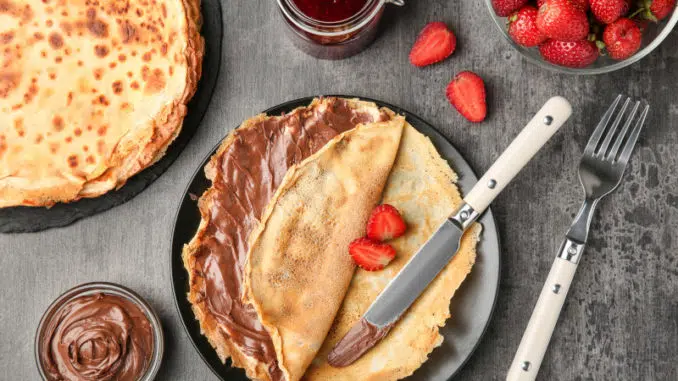
Every year, at La Chandeleur, families make pancakes. A tradition that we like to carry on, because pancakes are delicious and cheerful to make. To succeed in pancakes preparation, you have to know the recipe of course, but also understand how it works. Indeed, making pancakes is mixing different chemicals, and to do chemical reactions in a pan.
What chemicals are needed to make the pancakes?
Your dry ingredients are flour and sugar, as well as salt and maybe a little baking powder. The liquid ingredients are milk, eggs, and a little fat.
If you could shrink yourself down to the size of the molecules, you would see that the flour is made up of long chains of protein and starch.
In both cases, these molecules can be seen as a large pearl necklace, where each pearl is a building block of protein or starch.

Protein
It is a large organic molecule that constitutes a nutrient. They are found in meat, fish, milk, eggs. Our bodies transform proteins to maintain our muscles and keep us healthy.
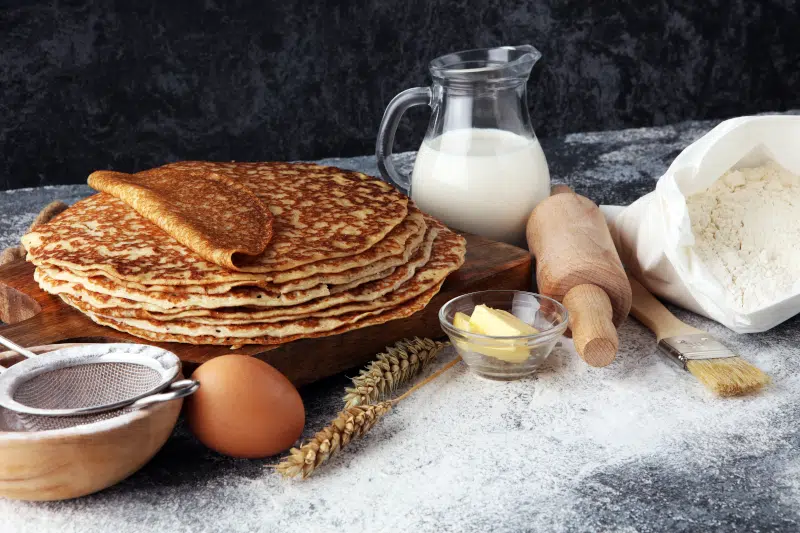
In the case of protein, the elements that make up the chain are called amino acids, compounds that allow us to build our muscle fibers. Starch, on the other hand, is made up of small sugar molecules linked together.
Fluffy, tasty and airy pancakes thanks to gluten.
The flour is mainly composed of gluten, a protein. When you mix the flour with eggs and milk, the gluten molecules become more flexible and can bond together by forming networks, much like a huge sponge.
The air introduced into the batter during mixing remains trapped in the network. Likewise, when the yeast releases carbon dioxide, the gas bubbles get trapped inside the pancake batter. It is also said that the dough rises!
Eggs give you more protein, while sugar and butter give texture. Milk, on the other hand, facilitates mixing for chemical reactions to occur.
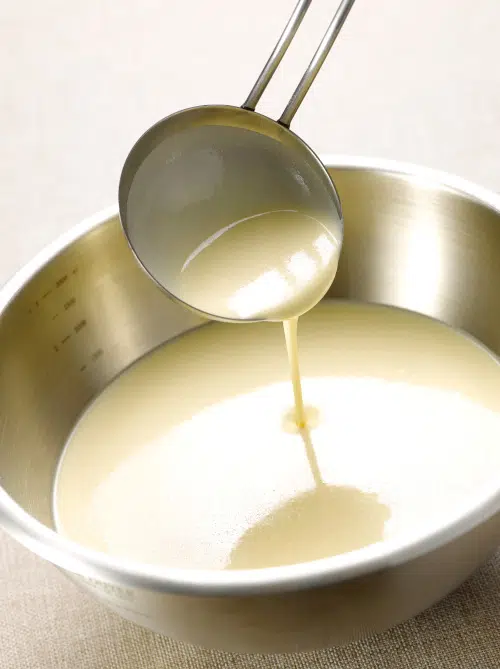
Why let the dough rest?
It’s hard to wait for the pancakes. However, it is recommended to let the dough rest. Why? Because the flour starch will swell in the milk and make the pancake batter smoother, creamy.
A good reason to be patient.
The good smell of the pancakes comes from Maillard's reaction.
The aroma and color of the pancakes come from the same chemical reaction, known as the Maillard reaction, after its French discoverer, Louis-Camille Maillard.
When you cook your pancake in a frying pan, the cooking temperature causes a chemical reaction between the sugars in the starch and the amino acids in the proteins. The result produces small molecules that escape from the mixture and carry their odors to your nostrils. They are called melanoidins. These lasts give the brown color to the pancakes.
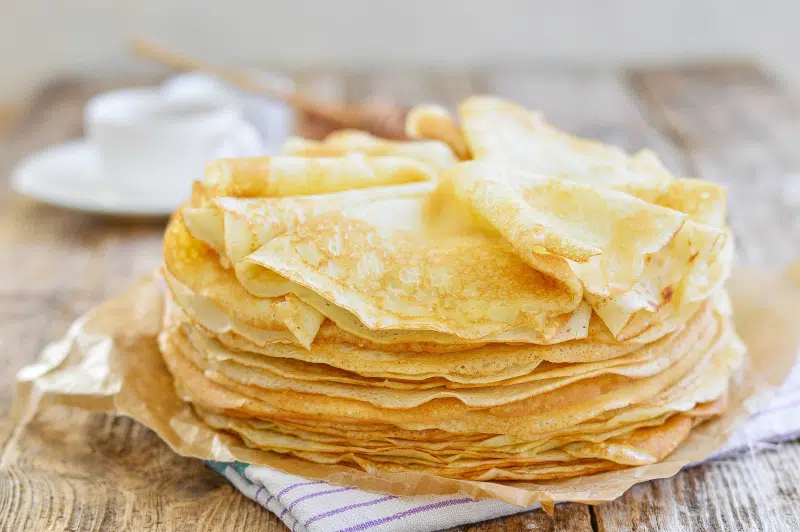

Starch
It is a huge molecule that accumulates in certain parts of plants. The starch serves as a nutrient reserve. Starch is made up of linked sugar molecules.
Louis-Camille Maillard
French doctor and chemist (1878 – 1936), a specialist in kidney diseases.
Does beer add anything to the preparation of pancakes?
No, beer isn’t really useful for making pancakes. It’s more of a regional tradition like in Belgium or in Bretagne. The advantage of beer is that it gives a more airy dough with small holes.
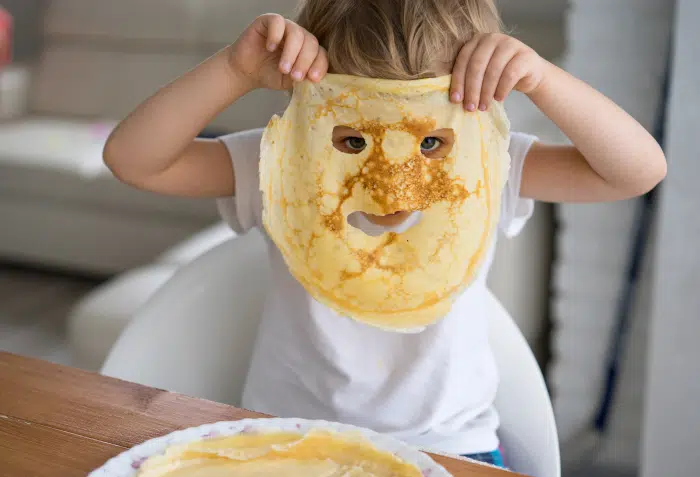
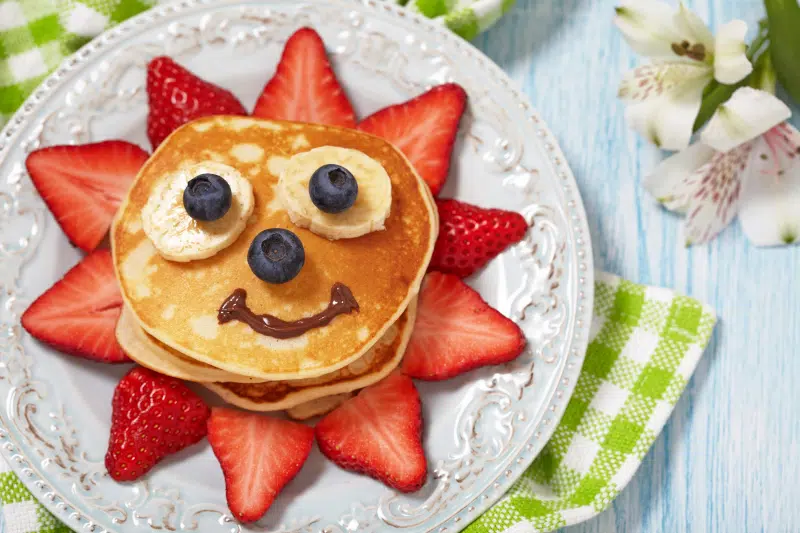
Did you know?
Researchers use mathematical formulas to determine the optimal amount of dough to put in the pan or to better sauté them. These mathematicians are crazy.

